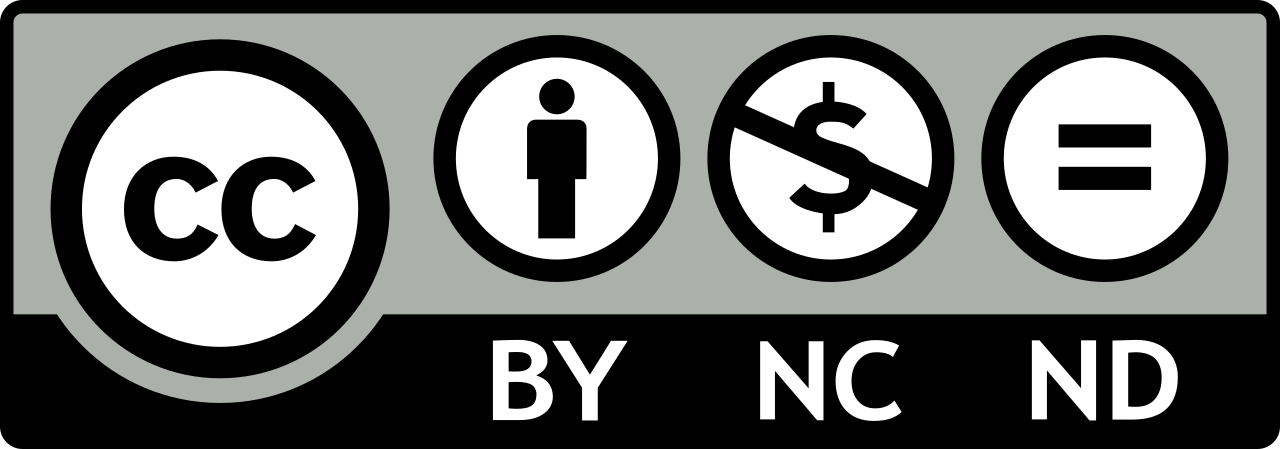Published:
October 2022
Issue:
Vol.17, No.2
Word count:
323
About the author
-
PostGradDipAT, BA
Sofia is an artist and community-engaged arts coordinator living on unceded Wurundjeri Country. She uses arts-based research, story-telling, sensory ecology and murals to celebrate the local ecology, and explore her role in the environment, as a settler Australian during a time of climate crisis. Her work is informed by her Palestinian and Irish heritage, and the need for land/earth rights via stories which generate hope, belonging and resistance. She has been working as an arts facilitator and eco-literacy educator for people of all ages and sensory profiles for five years.
This work is published in JoCAT and is licensed under a CC BY-NC-ND-4.0 license.
Emotional patterning: A comic essay
Sofia Sabbagh
Creative art therapist statement
I wrote this comic in response to my studies at MIECAT on ‘emotional patterning’. Using personal and collaborative creative inquiries I unpacked moments of becoming hyper/hypo aroused (Seigal, 1999) and strategies of coping. Understanding the function of the amygdala and frontal cortex (Rothschild, 2004) helped me to further understand my emotional experience and what I might need when I am struggling.
While studying emotional patterning, the town I was living in flooded (Lismore, Widjabul Wia-ble Country). The climate-change-driven disaster was shocking and I needed to understand my signs of hyper/hypo arousal in order to be present with the situation at hand. During the crisis I noticed my dysregulated state, and while I could not always change it, noticing it helped me to make decisions and have more perspective (Rothschild, 2004). Understanding my own sensory profile helped me to address health as a social phenomenon (Unger, 2005) in a form that respected my own needs.
“In the framework of emergence, the whole is a mirror of the parts” (Brown, 2017, p. 13), and the process of writing the comic became a mirror to the comic’s messages. After weeks of urgency and the physical effort of post-flood cleaning, focusing on the content of an essay seemed like an impossible task and drawing felt self-indulgent. The process of making this comic helped me to sit down, focus and soothe my senses. The visual narrative was also re-affirming. As I told the story of my learning how to self-regulate, I got to see myself learn and re-experience my own capacity. It was affirming.
As I write this, Victoria (where I currently live, in Wurundjeri Country) is flooding and has triggered the same patterns of hyper-arousal. It seems that sharing this comic publicly with JoCAT re-affirms my capacity to stay within my “Window of Tolerance” (Seigal, 1999). I hope that people can learn accessible tools for emotional regulation and it can help them as if it has me.
References
Brown, A. (2017). Emergent strategy. AK Press.
Rothschild, B. (2002). Emotions and the body: The body remembers. WW Norton & Company.
Seigal, D. (1999). The Developing Mind. The Guilford Press. https://doi.org/10.1177/1473325014563215
Unger, M. (2005). A thicker description of resilience. The International Journal of Narrative Therapy and Community Work (3 & 4). www.dulwichcentre.com.au






















